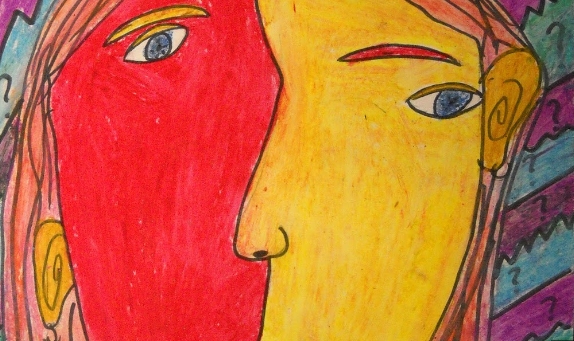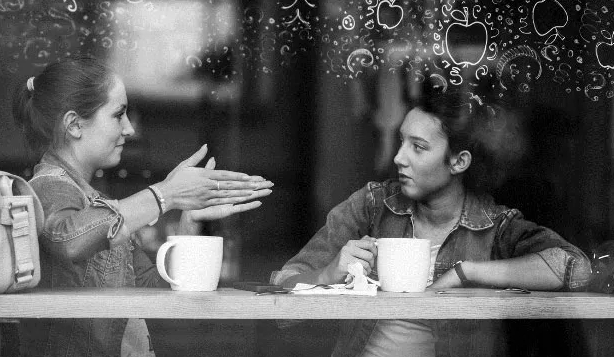Unveiling the Dual Realities of Self: Exploring Cubism in Self-Portraits
Cubism in Art
– Cubism was an innovative art movement that emerged in the early 20th century.
– Developed by Pablo Picasso and Georges Braque, it sought to deconstruct and reconstruct forms in a fragmented way.
Dual Realities of Self
– Self-portraits have long been a means for artists to explore their own identity and emotions.
– Cubism allows artists to depict multiple perspectives and facets of themselves simultaneously.
– This results in a dual reality where different aspects of the self are showcased in a single image.
Fragmentation and Wholeness
– The fragmented nature of Cubism mirrors the complexity and multifaceted nature of the self.
– Pieces of the self are broken apart and rearranged to create a more complete and nuanced representation.
– This fragmentation and reconstruction process allows artists to delve deeper into their own psyche and express different sides of themselves.
Emotions and Expressions
– Through Cubism, artists can convey a range of emotions and expressions in a single self-portrait.
– Anger, joy, sorrow, and confusion can all be expressed simultaneously through the use of distorted shapes and perspectives.
– The juxtaposition of different emotions creates a dynamic and compelling portrait that captures the complexity of human experience.
Exploring Identity
– Cubism in self-portraits offers a unique opportunity for artists to explore and redefine their own identity.
– By breaking down traditional notions of self and identity, artists can challenge societal norms and conventions.
– This exploration of identity through Cubism allows for a deeper understanding and acceptance of the self.
In conclusion, Cubism in self-portraits provides a rich and complex visual language for artists to explore the dual realities of self. By deconstructing and reconstructing forms in a fragmented way, artists can delve deep into their own psyche and express a range of emotions and expressions. This innovative approach to self-portraiture offers a new and exciting way for artists to explore and redefine their own identity.



